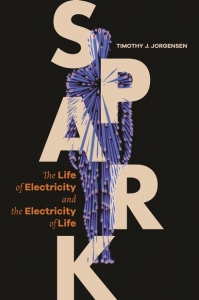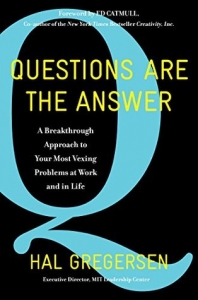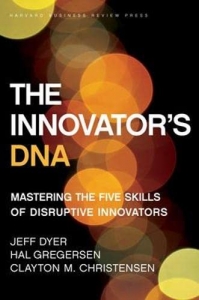“Spark: The Life of Electricity and the Electricity of Life” with Professor Timothy Jorgensen
When we think about electricity, we most often think of the energy that powers various devices and appliances around us, or perhaps we visualise the lightning-streaked clouds of a stormy sky. But there is more to electricity and “life at its essence is nothing if not electrical”. In this episode of Bridging the Gaps, I speak with Professor Timothy Jorgensen and we discuss his recent book “Spark: The Life of Electricity and the Electricity of Life ”. The book explains the science of electricity through the lenses of biology, medicine and history. It illustrates how our understanding of electricity and the neurological system evolved in parallel, using fascinating stories of scientists and personalities ranging from Benjamin Franklin to Elon Musk. It provides a fascinating look at electricity, how it works, and how it animates our lives from within and without.
We start by discussing the earliest known experiences that humans had with electricity using amber. Amber was most likely the first material with which humans attempted to harness electricity, mostly for medical purposes. Romans used non-static electricity from specific types of fish. Moving on to Benjamin Franklin, we discuss how he attempted to harner the power of electricity and we discuss the earliest forms of devices to store electric charge. We then discuss experiments conducted by Luigi Galvani on dead frogs and by his nephew on dead humans using electricity. As interest in electricity grew, many so-called treatemnts for ailments such as headaches, for bad thoughts and even for sexual difficulties also emerged that were based on the use of electricity; we discuss few interesting examples of such treatments. We then move on to reviewing the cutting edge use of electricity in medical science and discussed medial implants, artificial limbs and deep stimulation technologies and proposed machine-brain interfaces. This has been a fascinating discussion.
Complement this discussion by listening to he Spike: Journey of Electric Signals in Brain from Perception to Action with Professor Mark Humphries and then listen to On Public Communication of Science and Technology with Professor Bruce Lewenstein




Connect With Us